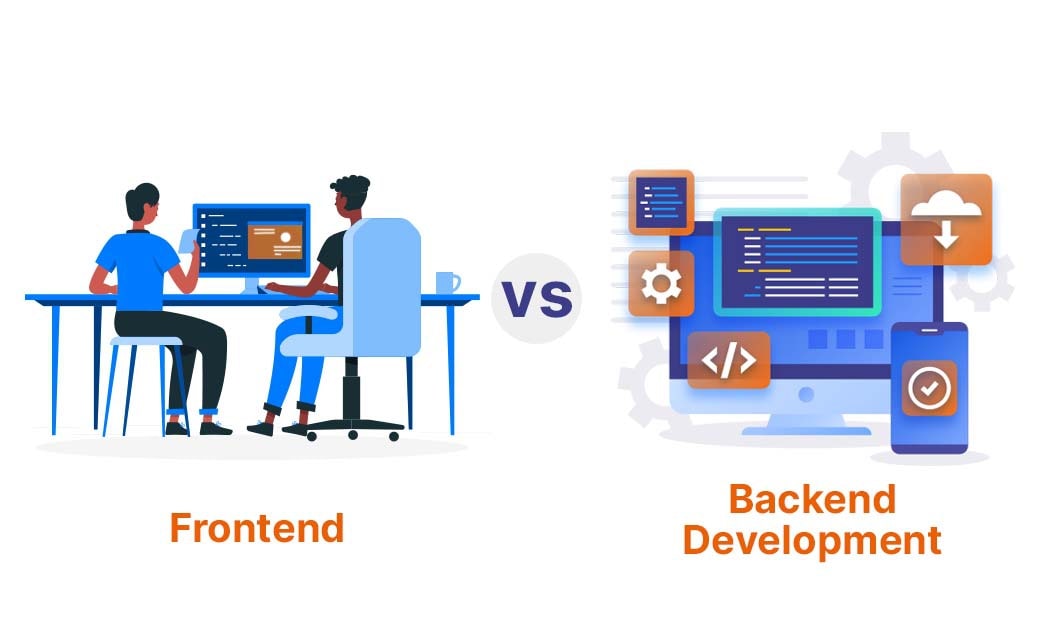Yibai Insights
Explore the latest trends, news, and insights from around the world.
Why Your Front-End Code Should Speak More Than Your Design
Unlock the secret to stunning websites: discover why powerful front-end code outshines design and drives success in this must-read blog!
The Importance of Front-End Code in Enhancing User Experience
Front-end code plays a crucial role in shaping the overall user experience of a website or application. It is the bridge between the user and the server, enabling the visual and interactive elements that make digital interfaces engaging and intuitive. A well-structured front-end code not only enhances aesthetic appeal through effective use of colors, fonts, and layouts, but also ensures that the site loads quickly and is responsive across different devices. In today's fast-paced digital landscape, where users expect immediate gratification, the importance of optimizing front-end code cannot be overstated.
Furthermore, front-end code directly influences how users interact with a site. For instance, an intuitive navigation system built using clean and efficient code can guide users effortlessly through content, reducing bounce rates and increasing engagement. Accessibility features, such as keyboard navigation and screen reader compatibility, must also be integrated into the front-end design, ensuring that all users, including those with disabilities, can enjoy a seamless experience. By prioritizing the quality of front-end code, developers can significantly enhance user satisfaction and loyalty, which are essential for the success of any online platform.

How Front-End Code Translates Design Intent into Functionality
The relationship between design and functionality in web development is crucial, particularly when it comes to front-end code. The design intent is often visualized through mockups and prototypes, but it's the front-end code that breathes life into these designs. By leveraging technologies like HTML, CSS, and JavaScript, developers translate aesthetic decisions into interactive elements. For example, elements such as buttons, forms, and animations are coded to not only look appealing but also function seamlessly. This process ensures that every pixel is intentional, making the user experience both engaging and responsive.
Furthermore, understanding how front-end code aligns with design intent allows developers to make informed decisions when building user interfaces. A strong grasp of design principles combined with coding skills enables developers to implement features that enhance usability. Techniques such as responsive design and accessibility practices are essential to ensure that the website functions well across various devices and users. Ultimately, effective translation of design intent through front-end code creates a cohesive experience that satisfies both the client's vision and the end-user's needs.
Is Your Design Only Skin Deep? The Role of Code in User Interaction
When it comes to web design, many people believe that aesthetics are the centerpiece of user interaction. However, the truth is that design is only the superficial layer of a website's effectiveness. While visually appealing elements are crucial in attracting users, they cannot function independently of the underlying code. Code matters because it dictates how users experience a site — from how quickly pages load to how intuitive the navigation is. A beautifully designed website that lacks proper coding can lead to frustrating user experiences, ultimately driving visitors away.
In addition to enhancing usability, quality code plays a vital role in ensuring that websites are accessible to all users, including those with disabilities. Incorporating elements such as ARIA (Accessible Rich Internet Applications) into your design allows for enhanced interaction and engagement. Therefore, it's essential to remember that great design without solid coding is like a house built on sand. To truly captivate your audience, ensure that your design is supported by robust, well-structured code that creates a seamless connection between form and function.